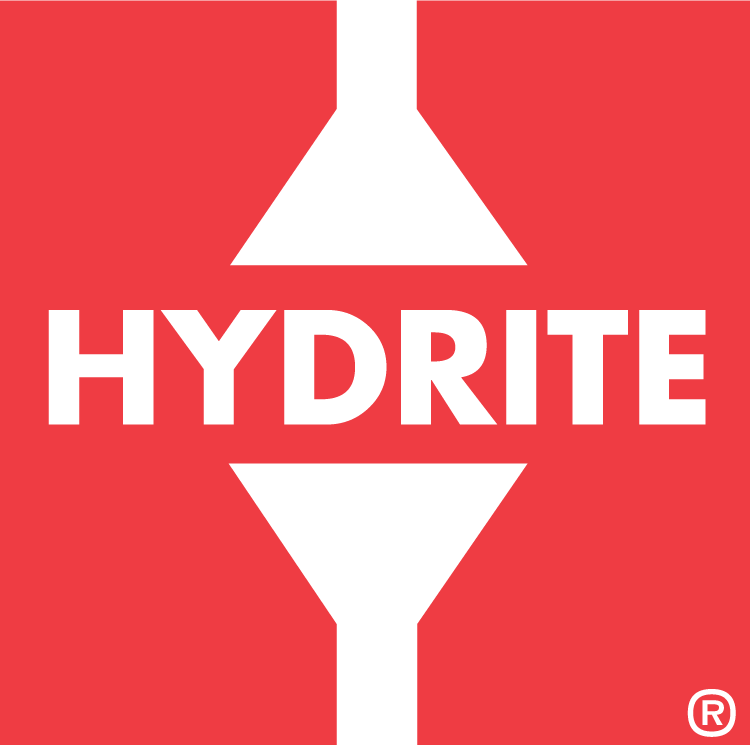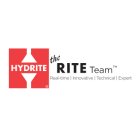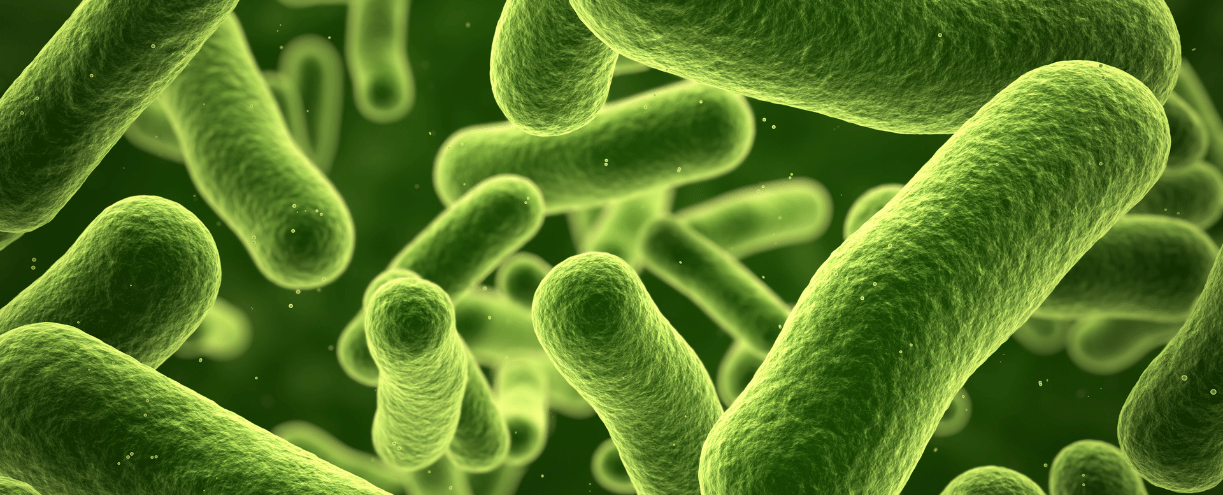
Hydrite Book of Bugs
Bugs are an invisible but constant presence in food processing environment. While not all are harmful, the dangerous ones can pose serious health risks. From Salmonella and Listeria to E. coli, bacterial contamination can occur at virtually any stage of the supply chain: during harvesting, handling, processing, packaging, or storage. Even small lapses in hygiene, temperature control, or equipment sanitation can lead to outbreaks that affect thousands.
There are strict food safety standards in place, but bacteria are persistent and adaptable. That’s why awareness matters. Whether you're a consumer, producer, or worker in the industry, understanding where and how bacteria enter the process is key to preventing contamination, protecting public health, and ensuring a safe food supply. In a world of mass production and global distribution, vigilance isn't optional—it's essential.
If you want to learn more about certain pathogenic or non-pathogenic bacteria, yeast and molds, and how to fight them, connect with your Hydrite rep to secure a copy.
Hydrite book of bugs Examples
Pseudomonas spp.
| Gram Stain | Gram Negative |
| Spore forming | No |
| Atmosphere | Obligate Aerobe* |
| Indicator Organisms | Enterobacteriaceae spp. is not an indicator! |
| Associated Foods | Milk/ dairy, meat, fish, fruit, vegetables, contaminated water |
| Growth Parameters | Optimum | Range |
| Temperature (vegetative cells) | 25-37° C (77.0-98.6°F) (Optimum) | 4-42°C (39.2-107.6°F) (Range) |
| pH | 7.0 (Optimum) | 4.5-8.0 (Range) |
| Water activity | ≥0.97 (Range) |
| Salt tolerance | |
| Sanitizer | Hydrogen peroxide |
| Hydrite Product Examples | San-I-King No. 451, Hydrogen peroxide |
| Watch outs! | Most Pseudomonas species do not pose a serious public health risk, but Pseudomonas aeruginosa is an opportunistic pathogen which poses a threat to immunocompromised Individuals. |
*Anaerobic growth may be possible if organism is in the presence of a usable nitrate source
*Specific optimal temperature is dependent on species
Optimal temperature P. aeruginosa: 37°C
Optimal temperature P. fluorescens: 25-30°C
Salmonella spp.
| Gram stain | Negative |
| Spore forming | No |
| Atmosphere | Facultative anaerobe |
| Indicator organisms | Enterobacteriaceae spp. |
| Associated foods | Raw meat, dairy products, poultry, eggs, fish, shrimp, sprouts, cream-filled desserts |
| Growth parameters | Optimum | Range |
| Temperature (vegetative cells) | 37°C (98.6°F) (Optimum) | 7-48°C (44.6-118.4°F) (Range) |
| pH | 6.5-7.5 (Optimum) | 3.8-9.5 (Range) |
| Water activity | ≥0.93 (Range) |
| Salt tolerance | <3-4% (Range) |
| Sanitizer | Hydrogen peroxide, sodium hypochlorite, and peracetic acid-based products |
| Hydrite Product Examples | Hydroxysan Plus No. 490, Dictate No. 465, Hydri-san No. 468, Multiquat No. 455, San-I-King No. 451, Iodosan No.485 |
| Watch outs! | Easily destroyed with heat. Microorganisms are a challenge in low moisture foods and are relatively resistant to freezing. |
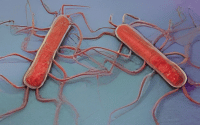

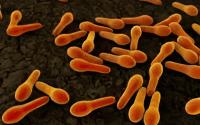
Reach out to The RITE Team® for a copy of the Hydrite Book of Bugs.
